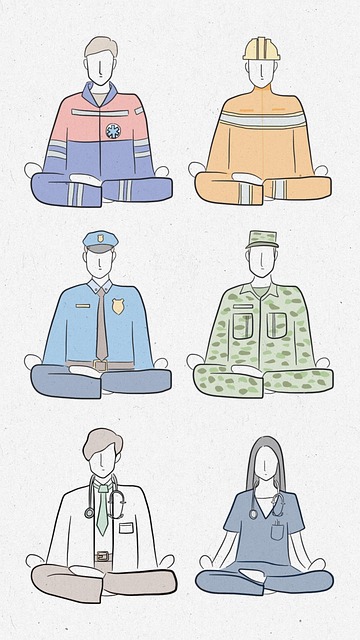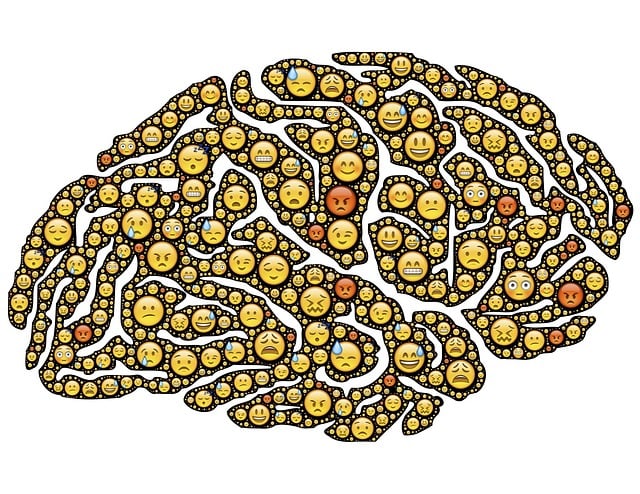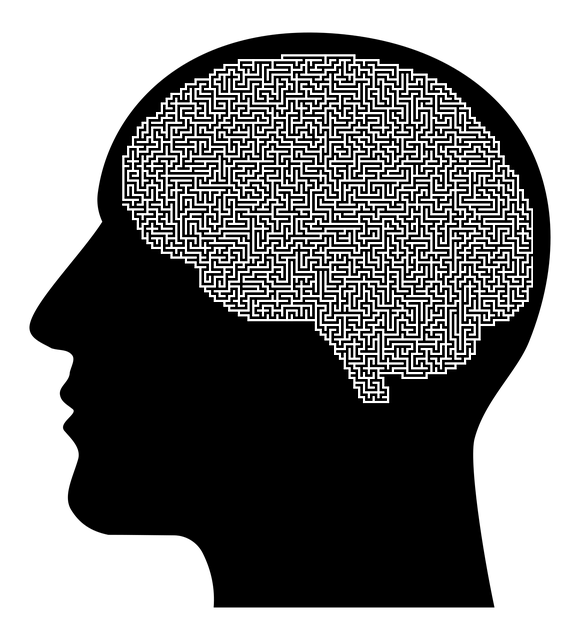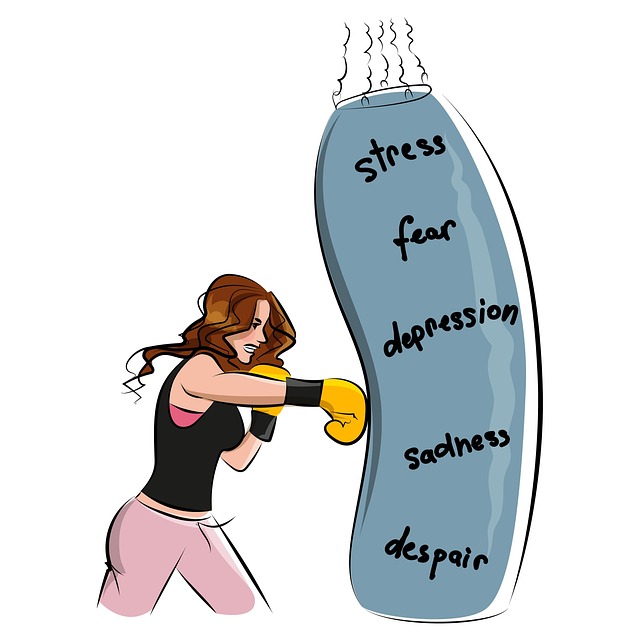Burnout among healthcare providers caring for adolescents is a pressing issue, fueled by heavy workloads and long hours. This syndrome leads to emotional exhaustion and negatively impacts both mental and physical health. The Golden Adolescent and Teen Therapy (GATT) approach offers a comprehensive solution by addressing emotional needs unique to this age group through specialized therapy and mindfulness practices. Employers can mitigate burnout by creating supportive work environments, implementing manageable workloads, open communication, and providing access to mental wellness programs like GATT. Additionally, self-care routines, including exercise, sleep, diet, and journaling, are crucial for healthcare professionals to build resilience and prevent burnout.
Healthcare provider burnout is a growing concern, impacting quality of care and patient outcomes. This article explores comprehensive strategies to prevent burnout among healthcare professionals, focusing on holistic well-being. We delve into the root causes and significant effects, highlighting the importance of intervention. Key approaches include the innovative Golden Adolescent and Teen Therapy model for prevention. Additionally, we provide employer and self-care guidelines, emphasizing resilience through mindfulness, stress management, and professional development.
- Understanding Burnout Among Healthcare Providers: Causes and Impact
- The Golden Adolescent and Teen Therapy Approach to Prevention
- Creating a Supportive Work Environment: Strategies for Employers
- Self-Care Practices for Healthcare Professionals: Prioritizing Well-being
- Building Resilience: Mindfulness, Stress Management, and Professional Development
Understanding Burnout Among Healthcare Providers: Causes and Impact

Burnout among healthcare providers is a growing concern, impacting both individual well-being and patient care quality. It often manifests as emotional exhaustion, depersonalization, and reduced personal accomplishment—a state known as the “burnout triad.” The causes are multifaceted, ranging from heavy workloads, long working hours, and lack of control over work processes to insufficient rewards, poor leadership, and a disconnect between personal values and professional roles.
This phenomenon significantly affects healthcare providers’ mental health, leading to increased stress levels, anxiety, and depression. It can also cause physical symptoms such as fatigue, insomnia, and compromised immune function. In the context of adolescents and teens, burnout is particularly concerning given the sensitive nature of their developmental stage. Strategies like fostering emotional regulation using mind over matter principles and providing cultural competency training for healthcare providers have shown promise in mitigating these issues.
The Golden Adolescent and Teen Therapy Approach to Prevention

The Golden Adolescent and Teen Therapy (GATT) approach is a holistic method focusing on preventing burnout among healthcare providers by addressing the unique emotional needs of adolescents and teens. This approach recognizes that the teenage years are a crucial period of development, often marked by heightened emotions and increased vulnerability to stress. By integrating GATT, healthcare professionals can facilitate more effective emotional healing processes, fostering resilience in young patients and reducing their own risk of burnout.
GATT emphasizes techniques tailored to promote anxiety relief and emotional regulation. Through specialized therapy sessions, adolescents learn coping mechanisms that not only help them manage daily stressors but also build long-term emotional intelligence. This proactive approach ensures healthcare providers are better equipped to support young individuals, ultimately enhancing patient outcomes and maintaining the well-being of the caregiving workforce.
Creating a Supportive Work Environment: Strategies for Employers

In the quest to prevent healthcare provider burnout, creating a supportive work environment is paramount. Employers play a pivotal role in fostering mental wellness among their staff by implementing strategies that prioritize employee well-being. This includes ensuring manageable workloads, encouraging open communication channels for expressing concerns and ideas, and promoting work-life balance through flexible schedules and break options.
A crucial step is integrating regular risk assessments for mental health professionals to identify potential burnout triggers early on. By adopting proactive measures, organizations can enhance the overall mental wellness of their workforce. Additionally, offering access to resources like Golden Adolescent and Teen Therapy programs can help address specific issues affecting younger professionals, targeting depression prevention as a critical aspect of maintaining a healthy work environment.
Self-Care Practices for Healthcare Professionals: Prioritizing Well-being

Healthcare professionals, like all individuals, require a robust self-care routine to combat the demanding nature of their work. Burnout is a significant concern within healthcare, and promoting well-being should be a top priority for both providers and institutions. Simple yet effective practices such as regular exercise, sufficient sleep, and maintaining a balanced diet can make a substantial difference in managing stress levels. Additionally, setting clear boundaries between work and personal life is crucial to prevent constant exposure to job-related stressors.
Self-reflection through activities like journaling has emerged as a powerful tool for mental wellness. This practice allows healthcare workers to process their emotions, reflect on challenging encounters, and identify sources of stress. By fostering self-awareness, professionals can develop healthier coping mechanisms. Golden Adolescent and Teen Therapy, for instance, offers specialized guidance for those seeking to enhance their mental wellness through journaling exercises tailored to their unique needs. Encouraging such therapeutic practices alongside public awareness campaigns development can contribute to a more comprehensive burnout prevention strategy within the healthcare sector.
Building Resilience: Mindfulness, Stress Management, and Professional Development

Building resilience is a cornerstone in preventing burnout for healthcare providers, especially in demanding fields like Golden Adolescent and Teen Therapy. Mindfulness practices have emerged as powerful tools to enhance coping mechanisms and reduce stress levels. By integrating mindfulness into their daily routines, therapists can better manage intense emotions, improve focus, and foster a sense of calm amidst chaos. This mental fortitude is crucial for maintaining work-life balance and preventing emotional exhaustion.
Professional development plays a pivotal role in boosting resilience as well. Continuous learning and staying abreast of the latest research in teen therapy equip practitioners with innovative strategies to address complex cases. Additionally, cultural sensitivity training is vital for navigating diverse patient populations, ensuring inclusive care, and providing anxiety relief tailored to individual needs. Stress reduction methods, when combined with mindfulness and ongoing education, create a robust framework to combat burnout and promote the well-being of healthcare providers in this rewarding yet challenging profession.
Healthcare provider burnout is a pressing issue, but with the right strategies, it can be mitigated. By combining adolescent and teen therapy techniques like the Golden Approach with supportive work environments, self-care practices, and resilience-building activities, healthcare professionals can find balance and joy in their careers. Incorporating mindfulness, stress management, and continuous professional development enables providers to better support patients while maintaining their own well-being. It’s a collective effort—employers, colleagues, and healthcare workers themselves must collaborate to create a culture that values and nurtures its members. Together, we can prevent burnout and ensure high-quality patient care for years to come.













